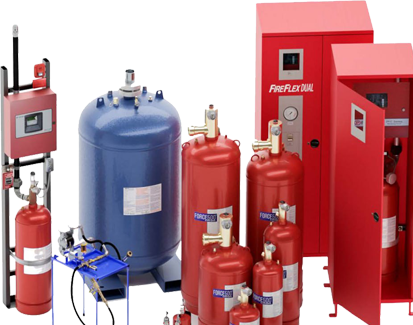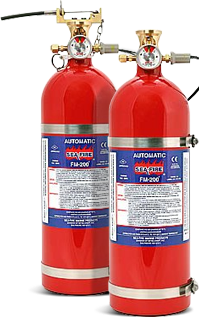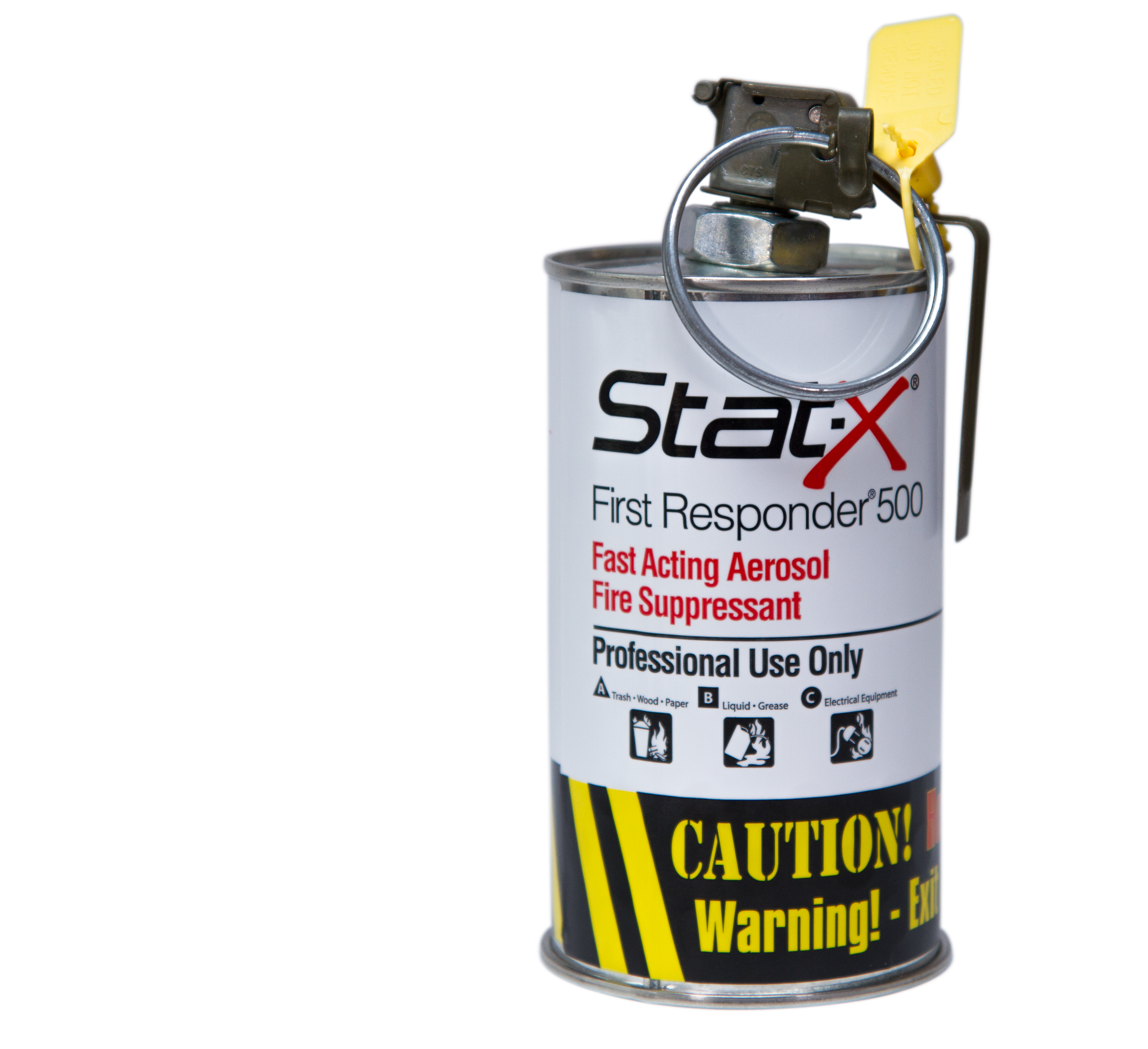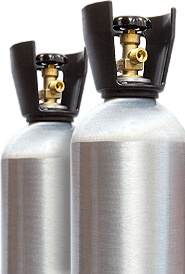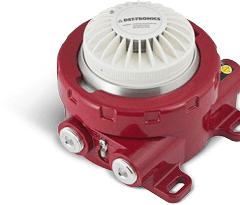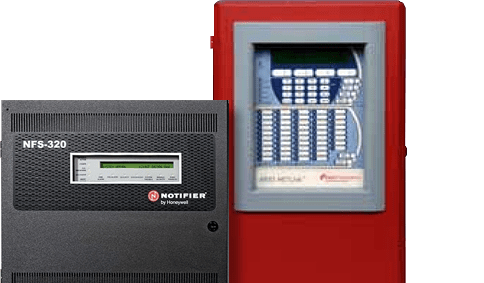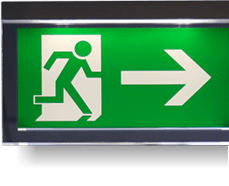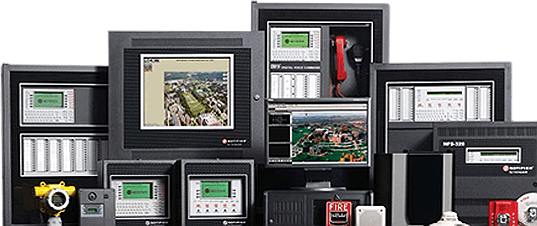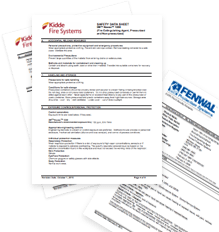Portable Fire Extinguishers Services
Many consider portable fire extinguishers to be the second line in defense when an unexpected fire occurs. Portable extinguishers can extinguish small fires in the incipient stage or contain fires until fire department personnel arrive. Remember that fire extinguishers require regular inspection, testing, and maintenance to ensure they serve their purpose.
Types of Portable Fire Extinguishers
Portable fire extinguishers are available in different styles using different fire suppression agents. Some fire suppression agents apply only to specific types of fires or materials. These are the 5 most common types of fire extinguishers.
- Water Extinguishers – You find water extinguishers in areas storing or using organic materials. These materials include wood, paper, and textiles.
- Foam Extinguishers – Fires involving flammable liquids such as gasoline or diesel require foam type extinguishers. The foam generated by these extinguishers cools the burning material, creates a vapor barrier that both starves the fire of oxygen and prevents reignition.
- Dry Powder Extinguishers – This type of extinguisher uses different suppression agents to stop the fire. These extinguishers are usable on solids, liquids, and gases and typically identified by their blue color.
- Carbon Dioxide Extinguishers (CO2) – Used mostly in areas where electrical equipment or hazards a present. CO2 is non-conductive and safe to use for electrical fires.
- Wet Chemical Extinguishers – In areas where fats or cooking oils are present this type of fire extinguisher excels. Commercial kitchens depend on this type of extinguisher to protect cooking areas and vent hoods.
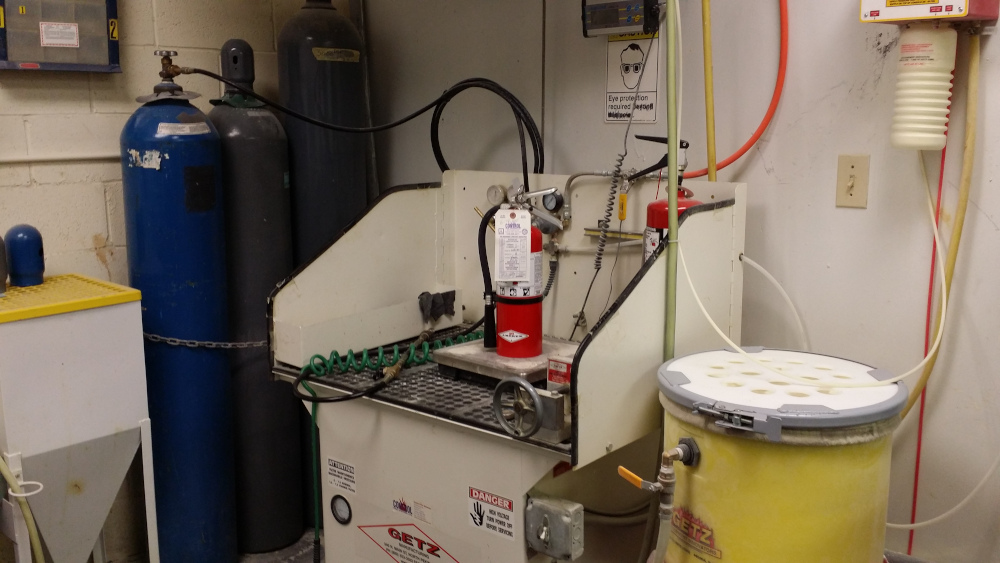
Control Fire Systems Services
Installation of portable fire extinguishers is not the end of the plan. Portable fire extinguishers require regular inspection, service, maintenance, and testing to ensure that if, and when, needed they perform as required.
Control Fire Systems is an industry leader in the design and installation of many fire monitoring and suppression systems. It is not surprising that we also offer unparalleled fire extinguisher service and fire suppression inspection. Control Fire Systems offer a range of service including:
- Fire Extinguisher Inspection – Most local life safety and fire codes require at least an annual inspection of fire extinguishers by a qualified inspection service. Control Fire Systems can help you meet these regulatory requirements.
- Fire Extinguisher Refill and Recharge – At some point, you will need to have an extinguisher refilled and recharged. Control Fire Systems can efficiently and. Economically refill and recharge your used fire extinguishers.
- 6-Year Fire Extinguisher Maintenance – Fire extinguisher containers are pressure vessels and must undergo pressure testing every six years. Control Fire Systems technicians can perform hydrostatic testing to ensure your extinguishers are working and safe.
- Fire Extinguisher Repair - Like any mechanical device, fire extinguishers become damaged and need repair. Fire extinguishers represent a major investment that deserves proper maintenance and repair when needed. Control Fire Systems can meet these needs for your company.
Benefits of Regular Inspection and Maintenance
There are two main reasons for any company to institute a policy and system of regular inspection and maintenance for their fire extinguishers. The primary reason is to ensure that your fire extinguishers are always in prime condition and are ready to deploy to protect your personnel and your property. A fire extinguisher that doesn't operate when needed is worse than no fire extinguisher at all, as it inadvertently puts personnel in danger as they try to use a non-function fire extinguisher.
Second, fire extinguishers represent an asset to your organization. No proper management policy would slight inspection and maintenance on vital equipment. This makes no economic or financial sense. Your fire extinguishers are a vital part of your overall fire and life safety plan. Without the proper investment toward keeping these assets in top functioning condition, they are not an asset but can become a liability.
If you need help in selecting, installing, and maintaining the fire extinguishing systems in your facilities, call the professionals at Control Fire Systems. Our trained sales staff can help you find the solutions that best fit your business. Don't neglect your fire extinguishers.
In Canada, fire codes (based on NFPA and ULC standards) require monthly visual checks by the owner and annual inspections by a qualified service provider. Control Fire Systems provides certified annual inspections to keep you compliant.
Most extinguishers last 10–12 years, provided they undergo proper servicing. At the 6-year mark, they require maintenance and hydrostatic testing to verify the pressure vessel is safe.
Yes. Even if you discharge only a small amount, you should recharge or replace the extinguisher immediately. A partially used extinguisher may not perform when needed.
What type of extinguisher is best for my workplace?
- Water/foam: for Class A fires (wood, paper, textiles, flammable liquids).
- CO2: for electrical equipment or IT environments.
- Dry powder: versatile, covers solids, liquids, and gases.
- Wet chemical: ideal for commercial kitchens and cooking oils.
Our technicians can assess your facility and recommend the right mix.
Yes. Canadian code requires hydrostatic pressure testing every 6 years to ensure the cylinder can safely hold pressure. Control Fire Systems technicians perform this service in compliance with ULC standards.
- Missing or broken safety seals.
- Low pressure gauge reading.
- Corrosion or physical damage.
- Blocked or missing hose/nozzle.
- Expired service tag.
For safety, employees should receive basic fire extinguisher training (PASS method: Pull, Aim, Squeeze, Sweep). Control Fire Systems can help set up training to ensure your team uses equipment properly.
Because untested extinguishers may not discharge when needed, putting lives and property at risk. Regular inspection is not only code-mandated but also protects your investment and liability.
- Water/foam: for Class A fires (wood, paper, textiles, flammable liquids).
- CO2: for electrical equipment or IT environments.
- Dry powder: versatile, covers solids, liquids, and gases.
- Wet chemical: ideal for commercial kitchens and cooking oils.
Our technicians can assess your facility and recommend the right mix.
- Missing or broken safety seals.
- Low pressure gauge reading.
- Corrosion or physical damage.
- Blocked or missing hose/nozzle.
- Expired service tag.






